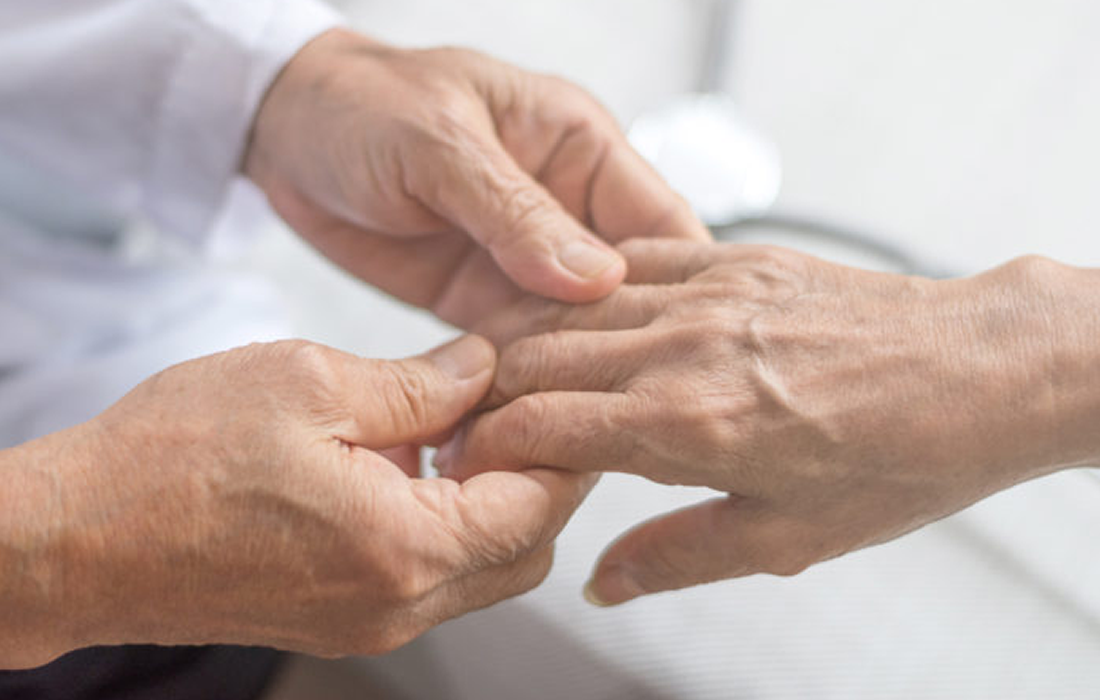Stem Cell Therapy for Specific Conditions
Stem cells Therapy for Systemic Scleroderma
What is Systemic Scleroderma?
Systemic scleroderma (SSc) is a rare autoimmune disease, which mainly influences middle-aged patients, its morbidity rate varies in different countries at 100-300/1,000,000. With the main characteristics of vascular endothelial impairment and diffuse fibrosis, SSc mainly affects the skin and lung tissues, as well as the function of the heart and digestive tract.
What Causes Scleroderma?
Scleroderma results from an overproduction and accumulation of collagen in body tissues. Collagen is a fibrous type of protein that makes up your body’s connective tissues, including the skin. The exact cause of the abnormal collagen production is not fully understood. It is most likely caused by a combination of factors, including immune system problems, genetic and environmental triggers. Some known risk factors are:
- Genetics. Certain gene variations appear to be more likely to develop scleroderma. This may explain why a small number of scleroderma cases appear to run in families and why certain types are more common for certain ethnic groups.
- Environmental triggers. Research suggests that, in some people symptoms may be triggered by exposure to certain viruses, medications or drugs.
- Immune system problems. Is believed to be an autoimmune disease. This means that it occurs in part because your own immune system attacks your connective tissues. In 15-20% of cases, a person with scleroderma also has another autoimmune disease, like lupus or rheumatoid arthritis.
What are Common Signs and Symptoms of SSs?
There are many different types of scleroderma. In some people, scleroderma affects only the skin. But in many people, scleroderma also harms structures beyond the skin, such as blood vessels, internal organs and the digestive tract (systemic scleroderma). Signs and symptoms vary, depending on which type of scleroderma you have.
The earliest and most common symptoms of SSc are skin sclerosis and Raynaud’s phenomenon. Scleroderma affects women more often than men and most commonly occurs between the ages of 30 and 50. Some areas and organs that can be affected by the disease are:
- Skin: nearly everyone who has scleroderma experiences a hardening and tightening of patches of skin. These patches may be shaped like ovals or straight lines, or cover wide areas of the trunk and limbs.
- Finger or toes: one of the earliest signs of systemic scleroderma is Raynaud’s disease, which causes the small blood vessels in your fingers and toes to contract in response to cold temperatures or emotional distress.
- Digestive system: scleroderma can cause a variety of digestive symptoms depending on the area affected. It can cause heartburn of difficulty swallowing if the esophagus is affected, and cramps, bloating, diarrhea or constipation if the intestines are affected.
- Heart, lungs or kidneys: scleroderma can affect the function of these organs at different degrees, if left untreated can become life-threatening.
Current Treatment Options
In some cases, the skin problems associated with scleroderma fade away on their own in 2-5 years. The type of scleroderma that affects internal organs (SSc) usually worsens with time.
There is no medication that can cure or stop the overproduction of collagen. Many medications can help control the symptoms and prevent complications. Some examples are:
- Steroid Creams or Pills. They are used to treat or slow skin changes, reduce swelling and joint pain, loosen stiff skin and slow the development of new skin changes.
- Hypertension medications. They are used to dilate blood vessels to prevent lung and kidney problems and may help treat Raynaud’s disease.
- Immunosuppressants. They help to modulate the increased immune response and reduce scleroderma symptoms.
- Pain relievers. Over the counter pain relievers and opioid medications are used as needed.
Stem Cell Therapy & Trials
While there is no cure for scleroderma, a variety of treatments can ease symptoms and improve quality of life. Mesenchymal stem cell transfusion is regarded as a very prospective method for SSc treatment.
SSc patients are mainly treated by anti-inflammation, immunoregulation, treatment of vascular lesion and anti-fibrosis, which has a long treatment course and causes obvious adverse effects. With various strong effects such as self-duplication, immunoregulation, vascularization promotion and secretion, MSC becomes the hot spot of treatment for autoimmune disease.
Xin Jin, et al studied the effect of Umbilical Cord Mesenchymal Stem cells (UC-MSCs) in a mouse model. Their study revealed the preventive effect of human UC-MSCs could significantly reduce skin thickening and alveolar wall thickening in SSc mice, improve skin and lung fibrosis and collagen deposition, and improve the balance of immune cells. Compared to the MSCs derived from other tissues, UC-MSCs have the advantages of secreting a larger number of paracrine cytokines and having stronger immunomodulatory ability. And compared to the effect of MSCs derived from patient autologous tissues, the UC-MSCs derived from allogeneic healthy people are better in function. In their study the effects were shown earlier in the course of treatment and maintained over time. Therefore, UC-MSCs have a unique clinical value in the treatment of SSc.
Source:
Xin Jin, et al. Umbilical Cord Mesenchymal Stem Cells for Inhibiting the Fibrosis and Autoimmune Development in HOCl-Induced Systemic Scleroderma Mouse Model. International Journal of Stem Cells 2021;14:262-274. https://doi.org/10.15283/ijsc20002.
https://www.mayoclinic.org/diseases-conditions/scleroderma/symptoms-causes/syc-20351952
Image from:
https://thedoctorweighsin.com/systemic-sclerosis-scleroderma/

